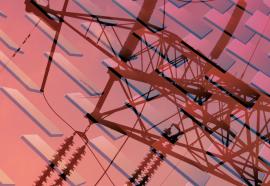An Open Checkbook
Why grid owners don't like FERC's new rules on gen interconnection.
A year ago, when a group of electric utilities in the Southwest signed off on deals to hook up new generators in Arizona with an innovative "common bus" treatment for two adjoining switchyards at the Palo Verde hub, the Federal Energy Regulatory Commission (FERC) was quick to heap on the praise. "Attaboy," said FERC's Pat Wood, at the commission's meeting of July 25, 2001. Nevertheless, over the past twelve months, FERC twice has proposed new rules to govern the way in which new power plants gain the right to interconnect with the interstate transmission grid. These new rules on gen interconnection form an essential part of the puzzle more aptly known as the standard market design (SMD).




